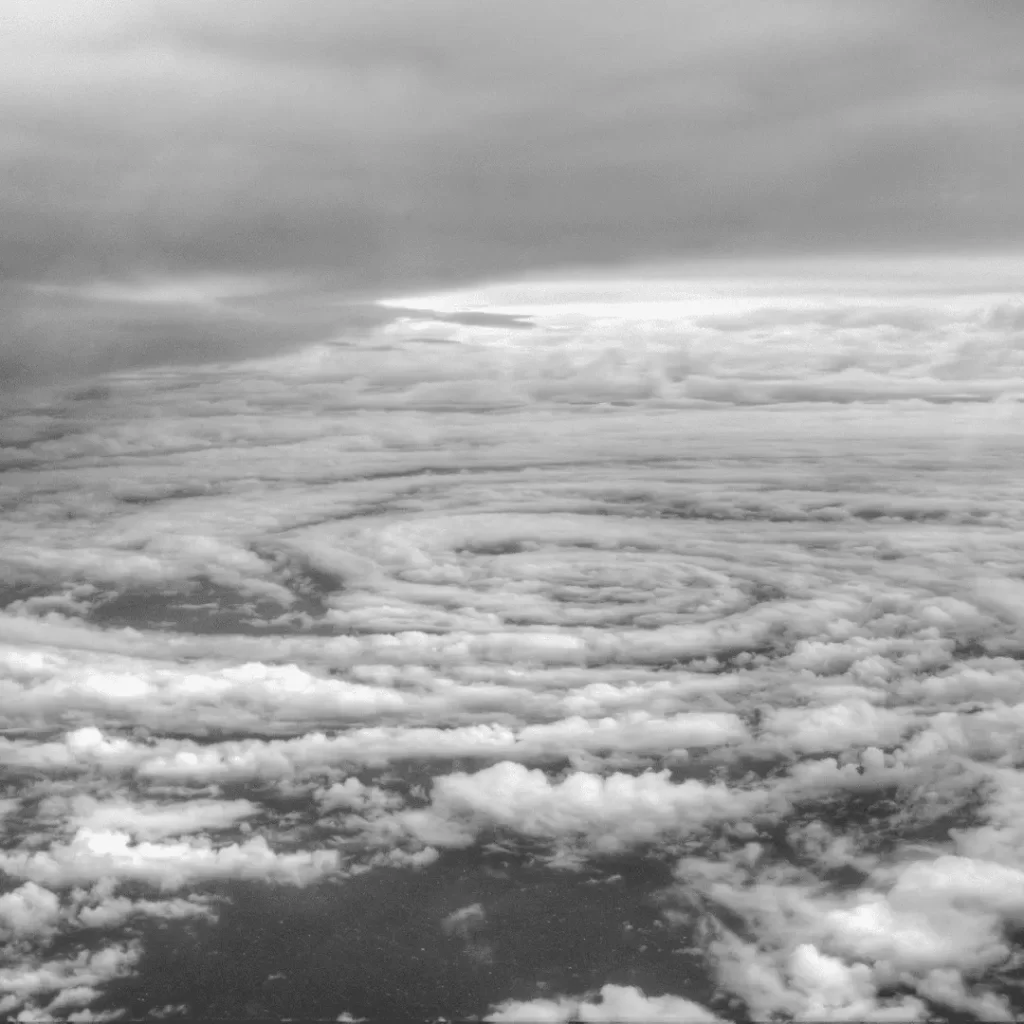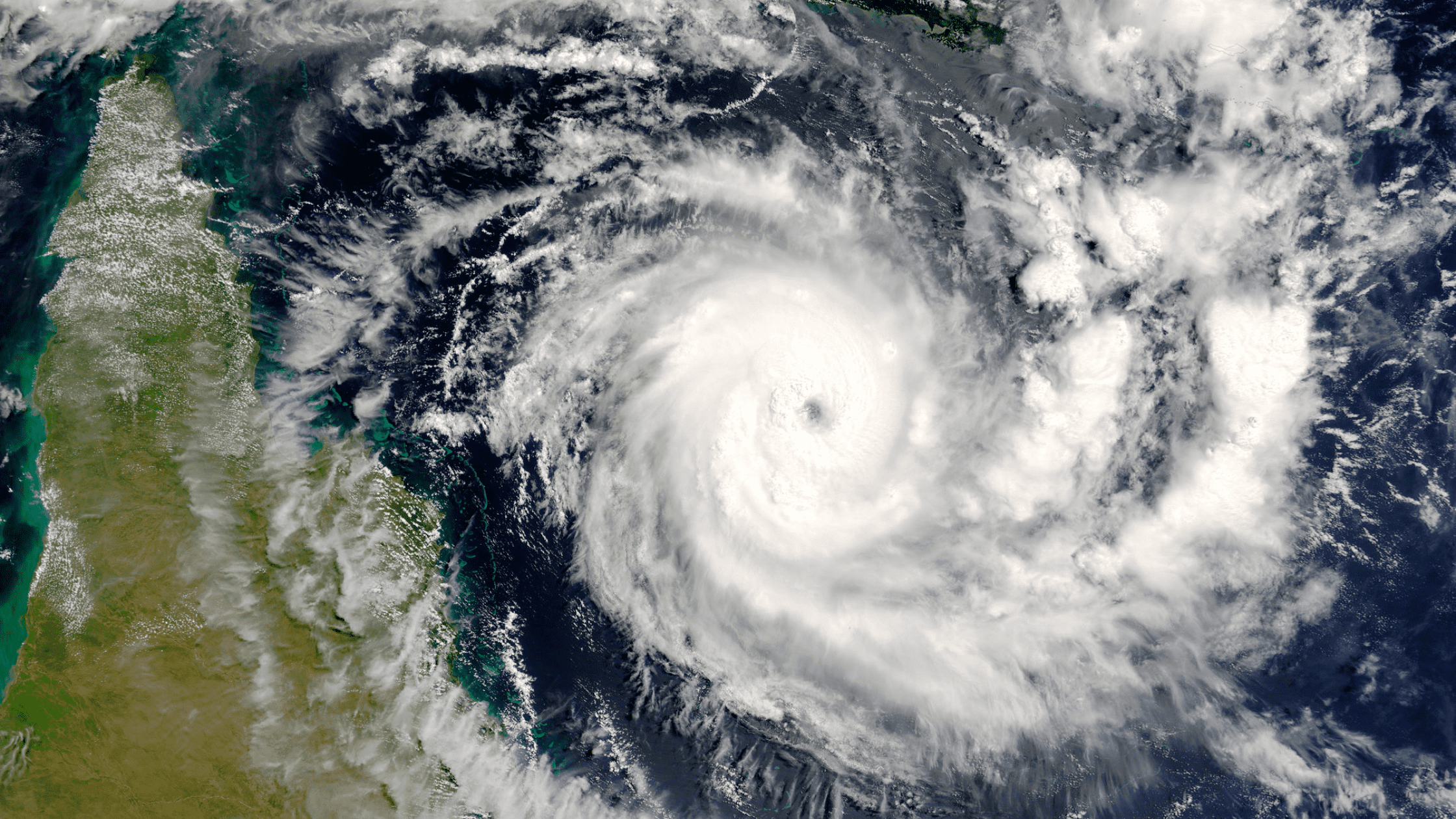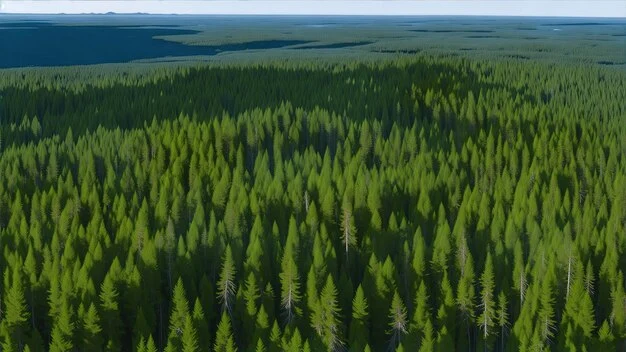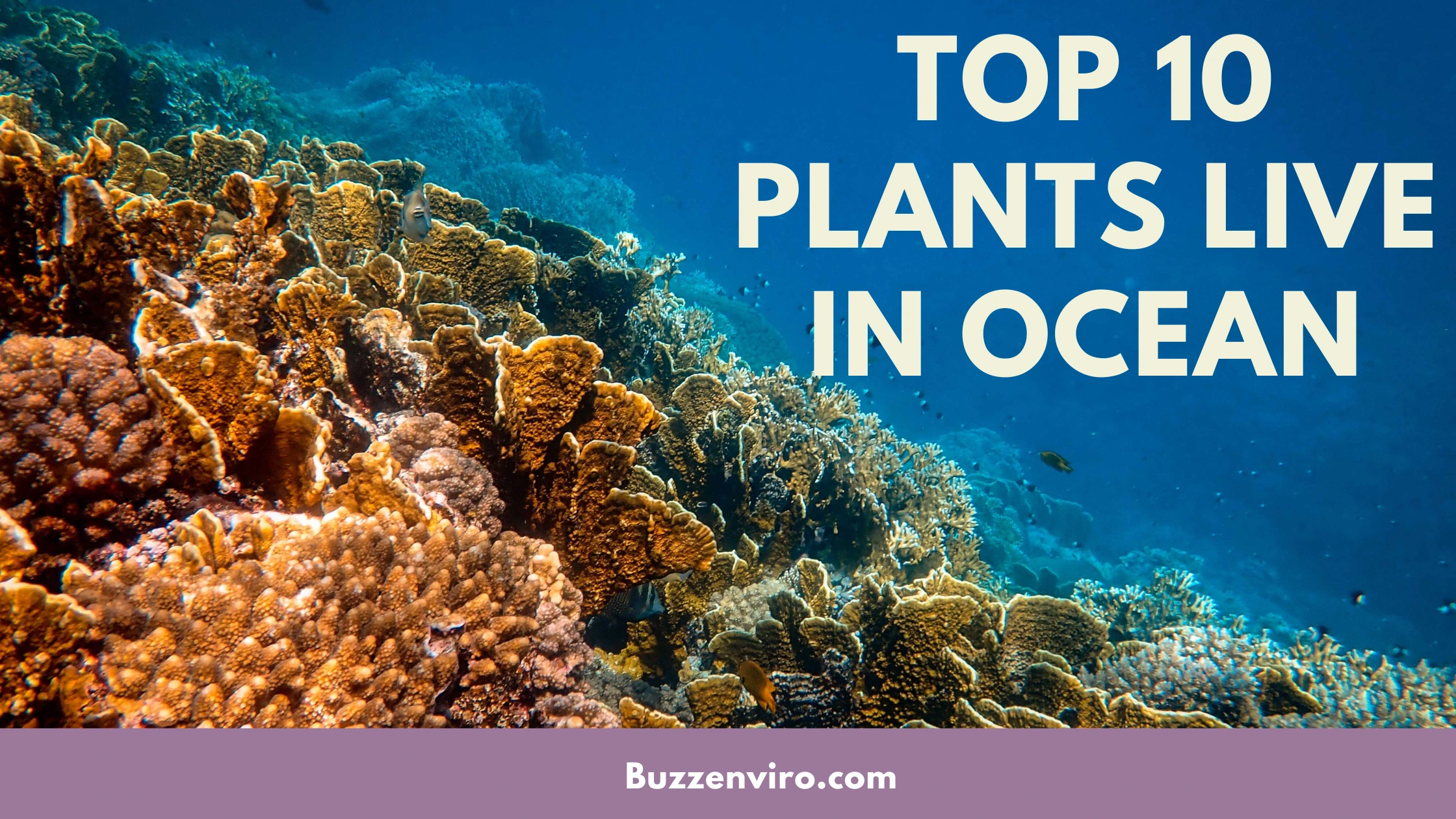Nature displays its power and dynamism through various atmospheric phenomena, and one such remarkable display is the extratropical cyclone. These mammoth weather systems, often referred to as mid-latitude cyclones or simply “lows,” play a significant role in shaping weather patterns across the globe. Understanding the mechanics of extratropical cyclones unveils a fascinating interplay of atmospheric processes that drive weather changes on both regional and global scales.
Definition of Extratropical Cyclones
They are large-scale weather systems characterized by low-pressure centers with associated fronts (boundary zones between air masses with different characteristics) that extend hundreds to thousands of kilometers. Unlike their tropical counterparts, such as hurricanes and typhoons, which derive their energy primarily from warm ocean waters, extratropical cyclones form and intensify through contrasting air masses.
Formation of Extratropical Cyclones
The genesis of extratropical cyclones typically occurs along the polar front, where cold polar air meets warmer air from the mid-latitudes. The temperature contrast between these air masses sets the stage for developing a frontal boundary, which serves as the focus for cyclone formation. As the warmer air rises over the denser, cooler air, it cools and condenses, leading to clouds and precipitation. This process fuels the development of the cyclone as it taps into the potential energy stored in the horizontal temperature gradient.
Structure

Extratropical cyclones exhibit a distinct structure consisting of several key features. At the core lies the center of low pressure, around which winds circulate counterclockwise in the Northern Hemisphere and clockwise in the Southern Hemisphere. Surrounding the center are the fronts: the warm front, which marks the boundary where warm air advances over more relaxed air, and the cold front, where colder air displaces warmer air. Additionally, occluded fronts, where a cold front overtakes a warm front, and stationary fronts, where little to no movement occurs, may also be present.
The life cycle of an extratropical cyclone typically follows a progression through various stages:
- The formation or cyclogenesis stage
- The mature stage
- The decay or occlusion stage
During the mature stage, the cyclone reaches its peak intensity, with strong winds, heavy precipitation, and well-defined frontal boundaries. Eventually, the hurricane weakens as the temperature contrast diminishes, leading to the occlusion stage, where the cold and warm fronts merge, cutting off the supply of warm air to the system.
Difference Between Tropical Cyclones and Extratropical Cyclones
Both types of hurricanes are low-pressure systems, but there are a few key distinctions between them.
Tropical cyclones are formed under a variety of conditions, according to the AOML, which is part of the National Oceanic & Atmospheric Administration’s (NOAA) National Weather Service.
- Ocean waters average about 80 degrees Celsius and are usually found within 300 miles of the equator.
- Speed of cooling at a specific height that enables heat to be released.
- Low amounts of vertical wind shear (high amounts disrupt storm formation)
There are a few differences in the type of cyclone that form and their overall structure. Extratropical Cyclones, as the name suggests, form away from tropical cyclones. They typically form as follows:
- Along the eastern seaboard of the United States, north of Florida
- From the northernmost part of Chile to the southernmost part of South America.
- In the waters off the coast of England and around continental Europe.
- The southeast corner of Australia
Impact
Extratropical Cycles are responsible for various weather events, including precipitation, snow, wind, and temperature changes. The effects of an extratropical storm can vary depending on its intensity, track, and location. In severe extratropical storms, wind damage, coastal flooding caused by storm surges, and power outages are expected. Extratropical storms redistribute heat and moisture across the globe, affecting weather patterns at a regional and sometimes even hemispheric level.
In summary, summer storms are becoming more common in the polar regions, but the causes and effects on the climate are still unknown.






